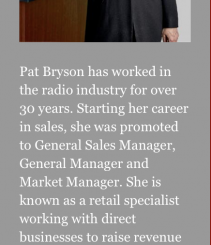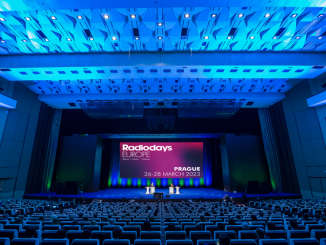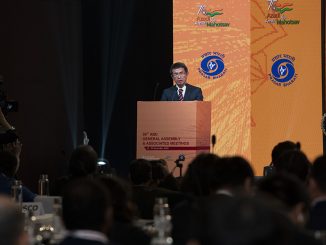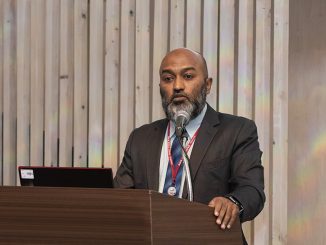
Smart Customer Service Alert
Selling Radio Direct with Pat BrysonWhen I’m in a market, I often “go shopping” in local stores to see if I experience exceptional service from anyone. I’ve found some good salespeople that way, not to mention contributing to the local economy.Anyway, I was in a small market of 11,000 people. Like so many other small towns, the main street has shrunk due to the Walmarts of the world. In this town, there is a family that is rejuvenating many of the downtown properties. They have two businesses on the town square. They also have two businesses several miles away. It was into one of those businesses that I wandered.The store is called Dear Yesteryear. When I first entered, I noticed how beautifully it was merchandised. But the biggest surprise: the young woman behind the counter greeted me, welcomed me in, pointed out the section on sale and directed me to coffee in the kitchen. I was so in shock by being greeted at all that I nearly passed out. As I wandered the aisles, she was available to answer questions.I picked up a couple of items I could no longer live without and proceeded to the checkout counter. This is where it got REALLY interesting. I mentioned that this was my first time in the store. She offered me a Scentsy refill as a gift for coming in. Then, she proceeded to tell me that they have a second store next door, Elladees boutique. Had I visited it? No. Would I? Yes….the recycling of a customer intrigued me. (I also found out she had worked there two weeks, had a background in graphic design and liked sales. I gave her my card.)The saga continued when I went next door to Elladees Boutique. I again was greeted and invited to shop their sale rack. And, did I know they had a store next door? Yes. Did I know about their two stores on the square? She had a small map of their locations and pointed out how to get there. The map contained a 20% off one item coupon. She also told me that this ladies’ dress shop expanded during the COVID shutdown. They moved their children’s wear to the square. I was now more than impressed. This company was turning one set of footsteps into multiple footsteps. And, they had used the COVID shutdown to EXPAND!The next day I visited the other two stores, the children’s boutique and a home decor store. I was again greeted. I must admit, I was a bit disappointed that these stores didn’t direct me to the first two. Again, the stores were beautifully merchandised and were an inviting place to spend money.Why am I sharing this story? Consumers learned new shopping habits during 2020. Some will continue to choose virtual shopping. Many would like to shop locally but they will not go out of their way to do so. Couple this sentiment with the difficulty of local merchants to find staff, and you have a potential loss of business. But they can succeed. These clerks were well trained. They knew their merchandise. And they knew how to win the hearts and minds of customers and circulate them among their brands.So often, we hear that “My advertising didn’t work.” In reality, the store’s staff didn’t work. This was one of the smartest marketing techniques I’ve encountered lately. Talk about upselling a customer!Our local businesses need our expertise. Perhaps share this story with them as they prepare for Christmas crowds. Consumers are spending somewhere: let it be with our clients! […]





